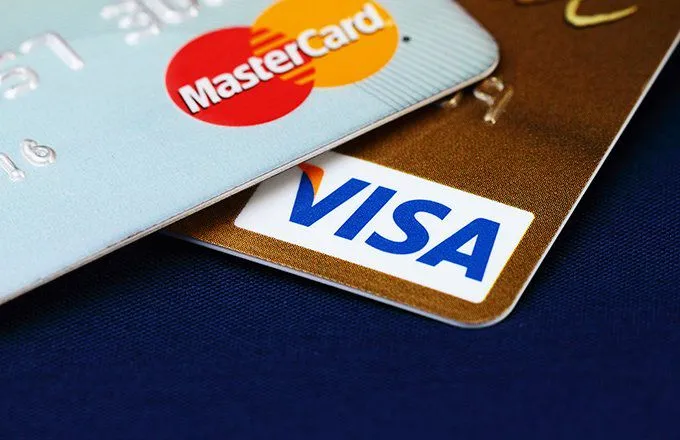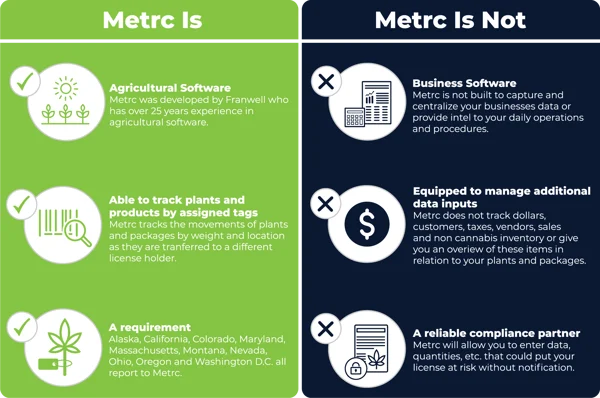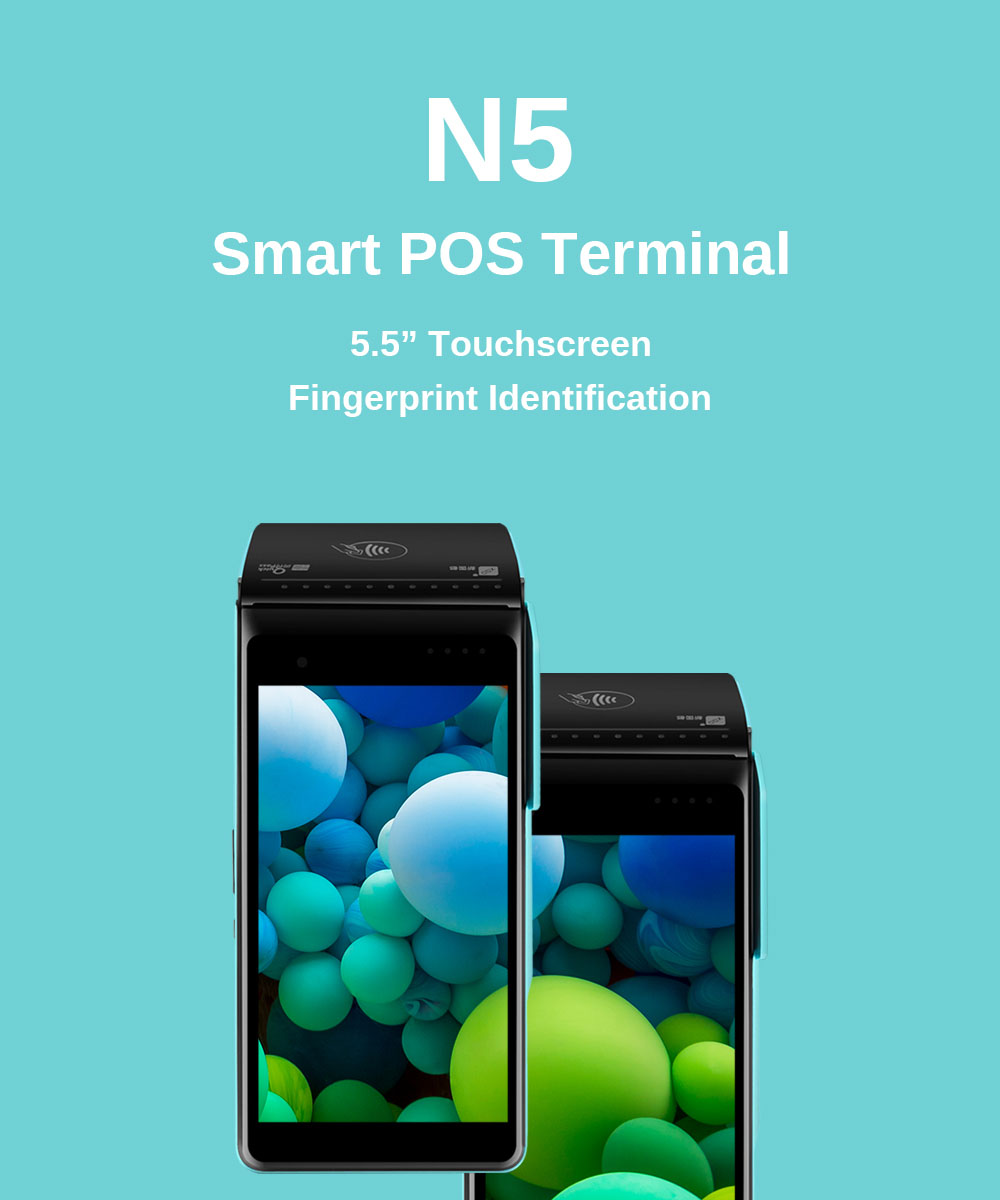100% Legal & Bank-Approved
Accept PIN-based debit card transactions from customers shopping in your dispensary or online.
Yes, cannabis dispensaries can accept PIN-based Visa or MasterCard debit card payments at the point-of-sale.

ATM networks are not bound to the same legal constraints as traditional credit card processor networks.
- Federal law classifies cannabis/marijuana as a Schedule I drug under the Controlled Substances Act.
- It is illegal for cannabis dispensaries to accept credit card or debit card payments at checkout using traditional card processor networks.
- Cashless ATMs and other cleverly diguised illegal workarounds using credit card networks are also illegal. Avoid them.
- METRC: Marijuana Enforcement Tracking And Compliance is active and highly effective.Law breakers will get caught and suffer the consequences. METRC provides end-to-end tracking and tracing for all cannabis supply chain activities, ensuring a closed, legal ecosystem.
- Comprehensive Tracking: Metrc assigns unique identifiers to each cannabis plant and product, monitoring every step of the supply chain, including cultivation, production, transportation, and retail sales.
- Regulatory Compliance: The system is used by state agencies to oversee cannabis businesses, prevent diversion, and protect public health.
- Real-time Updates: Metrc allows for real-time inventory management and updates, facilitating accurate record-keeping and regulatory audits.
- Data Collection: The system collects extensive data on cannabis products, enabling regulators to perform audits, conduct investigations, and enforce compliance measures efficiently.


True Point of Banking (POB) Is the Solution You’ve Been Waiting For…
Federal law strictly prohibits cannabis dispensaries from accepting credit card or debit card payments in the traditional manner that businesses are familiar with.
Instead of processing payments as traditional debit transactions using credit card processor owned networks (e.g. American Express, Discover, Visa, and MasterCard), Point-Of-Banking systems handle in-store payments like an ATM withdrawal utilizing bank-owned ATM networks.
The legality of whether cannabis dispensaries can accept bank-issued debit cards at the point-of-sale depends on which of the four networks is used by the merchant services provider.
How True Point of Banking with PIN Debit Entry Works
Do not confuse true Point-Of-Banking payment processing using private bank-owned ATM networks with popular deceptive workarounds such as “cashless ATMs.” They are not the same.
Cannabis dispensaries must use a private bank-owned ATM network. It’s the only 100% legal card acceptance solution for dispensaries nationwide.
Reference Sources:
- Current Benefits of Banking Legal Cannabis Businesses. Bank Director Magazine: June 6, 2023. https://www.bankdirector.com/article/current-benefits-of-banking-legal-cannabis-businesses/
- Financial Support Services Tailored For Cannabis Enterprises. Herring Bank: https://www.herringbank.com/business-banking/cannabis-banking/los-angeles/
The Importance Of Compliant Cannabis Banking. (Forbes Magazine: Aug 2020) – https://www.forbes.com/sites/forbesfinancecouncil/2020/08/06/the-importance-of-compliant-cannabis-banking/?sh=58dfec986a40
- Customers Can Pay Online Before Delivery or Pickup.
- Sales Are Processed For the Exact Dollar Amount of the Transaction.
- No Round-Up or Cashback Is Required.
- The Customer Does NOT Pay a Convenience Fee or Off-Network Banking Fee.
- Funds Settle In the Merchant's Bank Account On the Next Business Day.
Sign Up Today!
- No Set Up Fees or Application Fees
- Fully compliant with federal law and card brand mandates - under the condition that PIN-debit transactions are routed through bank-owned the ATM network instead of the credit card processor networks.
- Next Day Settlement of Funds
- Real-time Reporting: Review and track payment activity in one retail store location or hundreds.
- A+ Rated, Better Business Bureau accredited business.


